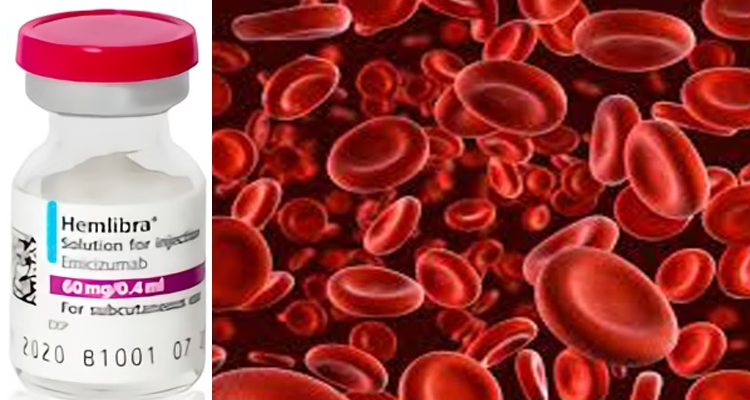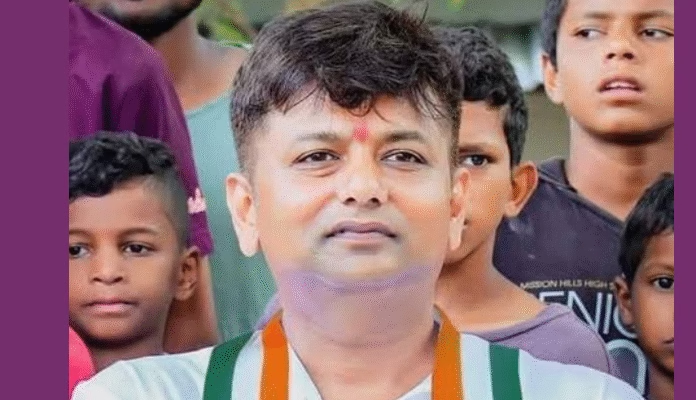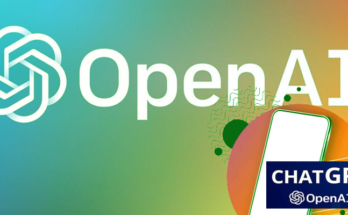
From Rs 13 Lakh to Rs 5 Lakh: India Eyes Affordable Emicizumab for Bleeding Disorder
New Delhi: The Central Government is evaluating a proposal to replace the current standard haemophilia treatment in public hospitals with low-dose emicizumab, following a strong recommendation from the Indian Council of Medical Research (ICMR).
The move could transform the care of haemophilia A patients in India by offering a cost-effective and superior therapy, say health experts.
Currently, under the National Health Mission, states provide low-dose Factor VIII (FVIII) prophylaxis free of cost to patients. However, this form of therapy has limitations in terms of efficacy and long-term joint outcomes. Emicizumab, marketed by Swiss pharmaceutical firm Roche as Hemlibra, is a bispecific monoclonal antibody that mimics FVIII and is proven to drastically reduce bleeding episodes and improve quality of life.
Although a few states have introduced emicizumab in public health settings, high costs—up to ₹13 lakh per patient per year—have hindered wider adoption. Now, after ICMR-led research revealed that a reduced (off-label) dose of emicizumab can deliver comparable outcomes at nearly 60% less cost, the Health Technology Assessment (HTA) board under the Health Ministry has begun formal evaluation of its viability as a public treatment option.
“Our research showed that even half the standard dose of emicizumab is highly effective and more cost-efficient than the current treatment,” said Dr. Manisha Madkaikar, Director of ICMR-National Institute of Immunohaematology, Mumbai.
In a 2023 peer-reviewed study involving 23 patients and published in the Journal of Thrombosis and Haemostasis, researchers found that low-dose emicizumab could reduce costs to around ₹5.1 lakh annually per patient, slightly below the current ₹5.37 lakh cost of low-dose FVIII, while delivering far superior clinical results.
Haemophilia A, a genetic bleeding disorder caused by a deficiency of clotting protein FVIII, affects an estimated 1.4 lakh Indians, though only around 27,000 are registered. Severe cases often present in early childhood, leading to painful and sometimes disabling joint bleeds if untreated.
Dr. Varun Kaul, a haemophilia specialist at Baba Farid University of Health Sciences, called emicizumab a “miracle drug,” noting its ability to be administered subcutaneously and improve adherence while reducing the risk of inhibitor formation—a major issue in conventional therapies.
Despite its promise, only 9% of haemophilic children and 4% of adults in India currently receive any form of prophylactic therapy, due to supply constraints, poor access, and monitoring challenges.
Experts now believe that with a scaled rollout of low-dose emicizumab, India could revolutionize haemophilia care while making treatment more sustainable and accessible.
“This would not only improve patient outcomes, but also result in significant long-term savings for the public health system,” said Dr. Madkaikar.
Dr. Kaul, who was not involved in the ICMR study, agreed: “At a programmatic level, it makes sense to enable access to a therapy that’s safer, more effective, and now—more affordable.”
A larger clinical validation trial is currently underway to confirm findings, following which the government may decide on national-level implementation.
🔑 Key Points:
-
Emicizumab, a novel therapy for haemophilia A, is under review for public health rollout in low doses.
-
ICMR research shows reduced dose is as effective as standard, but much cheaper ( RS 5.1 lakh/year vs. Rs 13 lakh).
-
The new therapy could replace low-dose FVIII, currently used in government hospitals.
-
The move may improve outcomes, increase access, and reduce healthcare spending.
-
Clinical trials are ongoing to validate findings before a broader rollout.



